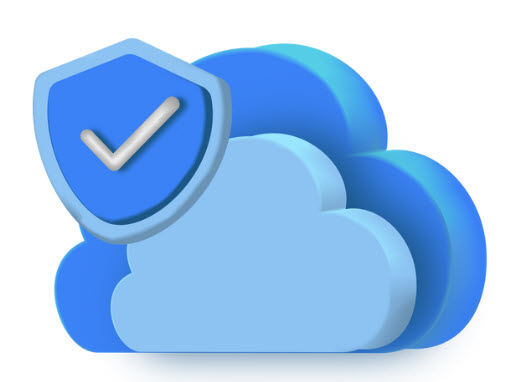
A Guide for Everyday Users and
Organizations
In today’s digital workplace, most
of us rely on the cloud—whether it’s for storing files, accessing business
tools, or managing emails. While the cloud offers flexibility and convenience,
it also introduces security risks if not properly protected.
Before moving to or expanding your
use of the cloud, there are prerequisite requirements every individual and
organization should understand to keep data safe and secure.
Why Cloud Security Matters
The cloud holds everything from
personal files and passwords to confidential business data. Hackers know
this—and they’re constantly evolving their tactics to break in.
Once they gain access to your
cloud environment, they can:
·
Steal sensitive information
·
Spread malware
·
Hijack accounts
·
Interrupt business operations
That’s why securing your cloud is
not just an IT task—it’s a shared responsibility between users and service
providers.
Prerequisites to Secure Your
Cloud Environment
Before trusting your data to the
cloud, you should:
1. Use Strong Identity and Access Management (IAM):
·
Ensure every user has unique credentials
·
Implement multi-factor authentication (MFA)
·
Set clear user roles and access limitations
2. Apply Regular Security Updates:
·
Keep cloud software, apps, and devices patched
·
Enable automatic updates where possible
3. Encrypt Your Data:
·
Use encryption for both data in transit and at
rest
·
Only trusted users should hold decryption keys
4. Enable Logging and Monitoring:
·
Set up activity logs to detect unusual access
·
Use cloud security tools to get alerts for
potential threats
5. Educate Users Regularly:
·
Everyone should understand common threats like
phishing
·
Include security awareness in onboarding and
training
Recommendations for General
Users
Protecting your cloud usage
doesn’t require deep technical skills. Start with these easy but effective
habits:
✔️ Always verify the sender
before clicking on links or attachments
✔️ Use strong, unique passwords
for every account—consider a password manager
✔️ Turn on multi-factor
authentication (MFA) everywhere it’s available
✔️ Log out from cloud services
when not in use, especially on shared devices
✔️ Review login activity
regularly for unfamiliar locations or devices
✔️ Be cautious of emails that ask
you to act urgently, especially about payments or login issues
✔️ Report suspicious emails to
your IT team or provider—don’t ignore them!
Final Thought: Cloud Security
Starts with You
Even the most secure cloud systems
can be compromised by a single weak password or one wrong click. The good news
is, with simple awareness and good habits, you can reduce your risk
significantly.
If you’re unsure whether your
cloud accounts are properly secured, CSB is here to help you assess and protect
your environment.